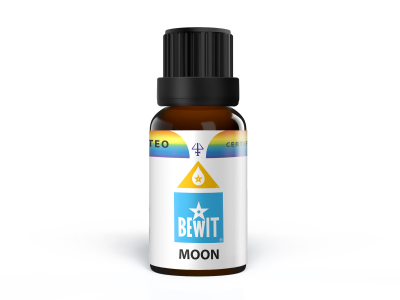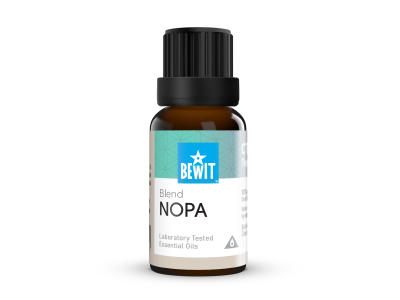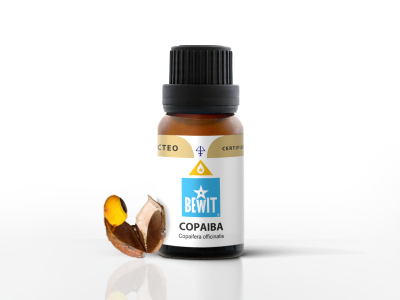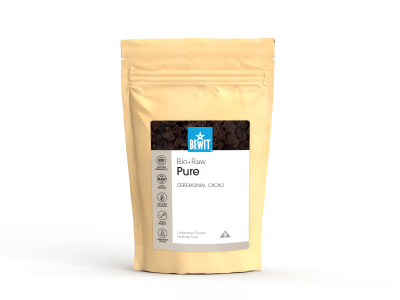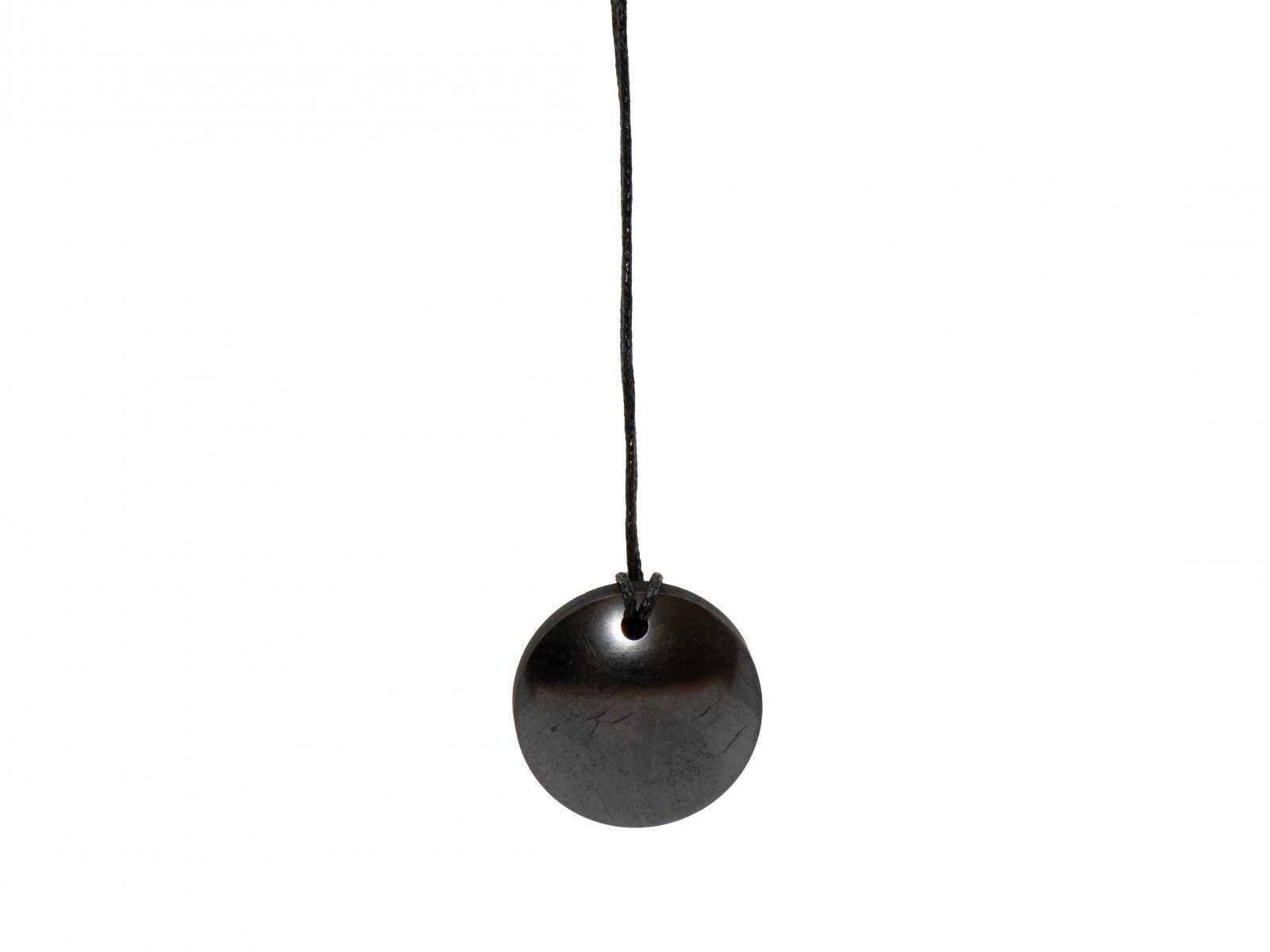BEWIT Shungite lentil shaped pendant
Mineral
Shungite jewelry provides a sense of protection, can help release fear and give its owner a sense of calm, helping them to focus on their own power and channel it to protect themselves. It is believed that jewelry made from natural geomagnetic stone can act as a protective shield between humans and devices that generate harmful electromagnetic and microwave radiation.
In stock
14,96 €
12,16 € without VAT (23%)
Code: 9500000000110229
Pendant made of shungite, LENTIL
A shungite pendant is a unique accessory that allows you to stand out, while protecting you and transmitting its positive properties to an important area of the body. The pendant works mostly in the area of the 4th chakra, which is where our vital organs such as the heart, lungs, heart vessels, spinal cord are located. This area balances every process in our body, so it is advisable to keep it „centered“ and vital. The energies of shungite are beneficial for the restoration and rejuvenation of all these systems, for the healthy functioning of our body.
A pendant made of shungite, when used continuously, affects the body, contributing to its self-regulation and balancing the overall energy. Shungite is believed to not only tune the body, but also restore the human aura and rid it of the effects of negative energy, and to increase resistance to stress. Shungite jewelry can adjust biofields, promote active and energetic people.
Another reason to choose shungite jewelry is that this stone is said to bring good luck in love. Round or oval amulets are then more suitable for accumulating positive energy.
Benefits of shungite pendant
- Binds heavy metals, ammonia, petroleum products, pesticides, phenols, surfactants, chlorine and other organic and inorganic substances
- Filters out electromagnetic and radio radiation.
- Slows down oxidation
- It's conductive.
- Supports the biological activity of micro and macro nutrients.
- It enriches water with sodium, potassium, calcium, magnesium and other minerals and natural antioxidants.
- Balances the pH of the water to between 7 and 7.5
- It is environmentally friendly and safe for human health.
- It is corrosion resistant.
Grounding stone with high vibration
Shungite is extremely grounding, it is stated that it can help better integrate cosmic wisdom and karmic lessons as its high vibration helps bring your spiritual body down to the physical plane.
Shungite encourages you to learn more and continue towards further spiritual growth. It is also associated with great cosmic mysteries and is said to bring light in times of darkness or uncertainty.
Antioxidant, universal sorbent
By virtue of its structure, shungite is a mineraloid, a non-porous polymineral carbon rock, which contains nearly half of the elements of the periodic table. To the eye, it is an opaque black stone with a more or less pronounced metallic sheen. The age of shungite is around 2 billion years. This fossilised natural material from the seabed has an exceptional composition, properties and a wide range of uses. Its unique hallmark is that it contains non-crystalline carbon in the unusual form of fullerenes. ** Fullerene** is the fourth known form of carbon after diamond, graphene and carbon.
It is the most powerful known antioxidant and universal sorbent. Thanks to this, it purifies the water from pollutants and at the same time supplies it with beneficial and healing substances.
History
Shungite got its name from its** place of occurrence, the Karelian village of **Shunga on the shores of Lake Onega, where it was first discovered.
Tsar Peter the Great used shungite for his army
Shungite has been used as a healing tool since the beginning of the 18th century. Tsar Peter the Great established the first Russian baths in Karelia and also used the properties of shungite to purify drinking water for his army.
Filters out electromagnetic and radio frequency radiation.
Initially it was mainly used as a substitute for coal coke in blast furnaces for the production of cast iron. Subsequently, new valuable properties of shungite were discovered – absorptive, bactericidal, catalytic, redox, as well as the ability to filter out electromagnetic and radioactive radiation. These properties have enabled the use of shungite in various areas of science, industry and technology, and a number of new nanotechnological materials have been developed based on it.
The properties of shungite have enabled its use in water treatment and purification technology. Water treatment and filtration with shungite is widespread in Norway, Sweden and America. It is used to purify water in wells, reservoirs, swimming pools and for the treatment of wastewater from hospitals.
Northwest Russia is the largest and oldest source of shungite, with other deposits reported in Austria, India, Kazakhstan and the Congo.
Reviews
BEWIT Shungite lentil shaped pendant
Mineral
Want to add your own review? We're interested in your opinion.
Sign in / Register


